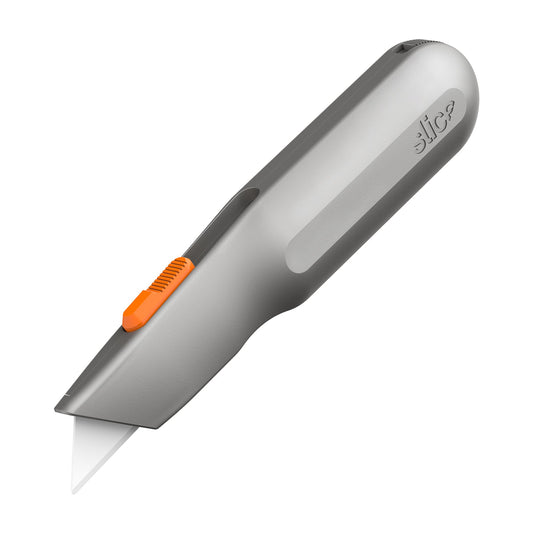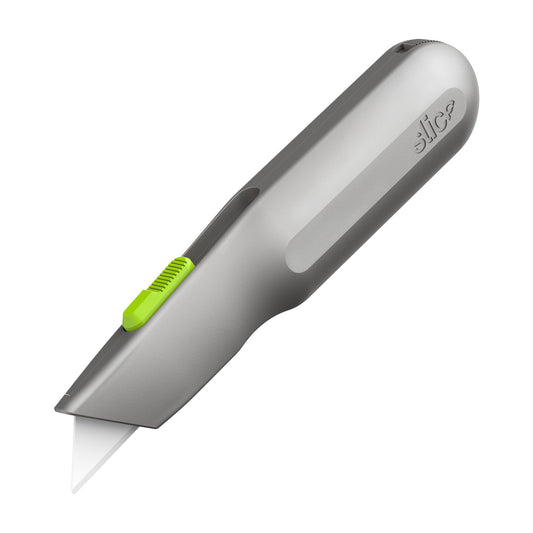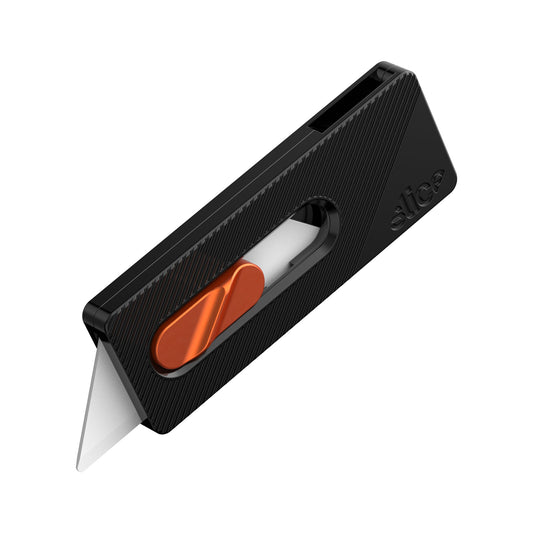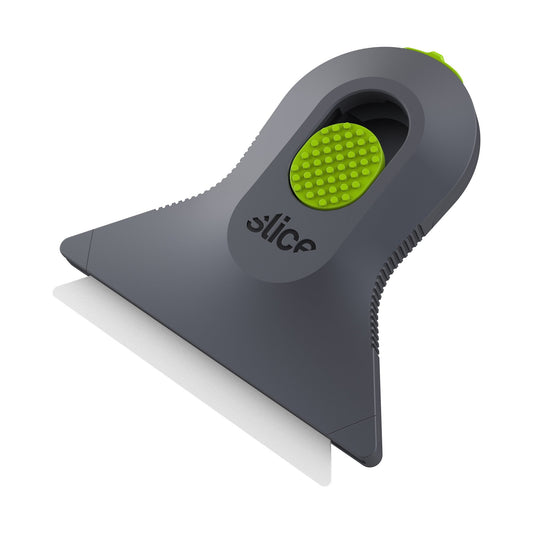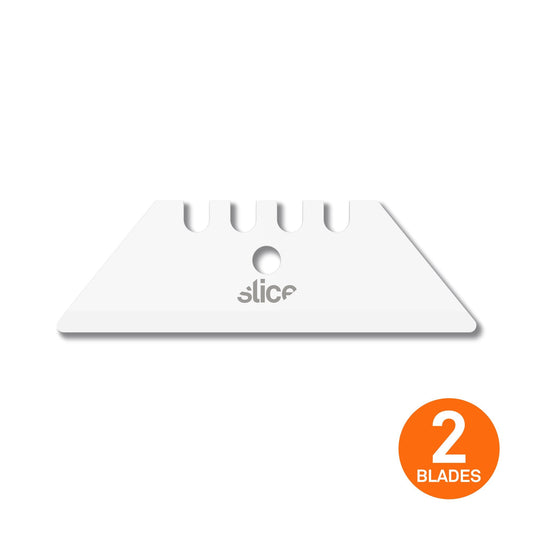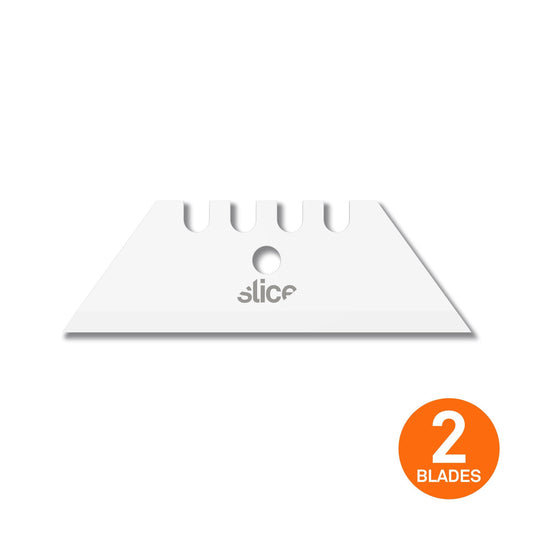SKU #10523
Trapezklingen (Wellenschliff)
Die Slice® 10523 Trapezklingen mit Wellenschliff eignen sich hervorragend für Anwendungen, bei denen bevorzugt sägende Schneidarbeiten durchgeführt werden. Diese robusten Trapezklingen halten bis zu 11 Mal länger als vergleichbare Metallklingen, schneiden effektiv durch eine Vielzahl von Materialien und eignen sich sowohl für den Einsatz zu Hause als auch in der Industrie. Da die Klinge seltener ausgewechselt werden muss, bedeutet dies weniger Verletzungen und geringere Ausfallzeiten. Die 10523 Klingen sind mit unserer zum Patent angemeldeten finger-friendly® Klingenschneide ausgestattet und daher bei Berührung sicher, was das Risiko für Schnittverletzungen drastisch reduziert. Sie benötigen keine Wartung, auch kein Öl oder sonstige Schmiermittel, und rosten nicht.
- Klingentyp: Wellenschliff
- Sicherer als herkömmliche Klingen
- Effektive Sicherheitsklinge mit finger-friendly® Sicherheitsfeature
- Hält bis zu 11,2x länger als Metallklingen
- Weniger Klingenwechsel = weniger Verletzungen
- Minimiertes Verletzungsrisiko, geringere Kosten
- Funkenfrei, nicht leitend, unmagnetisch
- Chemisch neutral, rostet nicht
- Öl- und schmiermittelfrei
- Für die Entsorgung wird keine Sicherheitsbox benötigt
- 100% recycelbar
- Hitzestabil bis 1600°C
- Passende Werkzeuge: 10479, 10490, 10491, 10493, 10496, 10497, 10582, 10590, 10594
- 2 einseitige Klingen pro Packung
- Art.-Nr. 10523
Produktdetails
Produktdetails
Cutting Depth:
Material: zirconium oxide
Dimensions: L x W x H
Weight: 0.016 kg


Kompatible Produkte
Videos
-
Blade Replacement on Metal-Handle Utility Knives
-
Blade Replacement on the 10594 Manual Mini Scraper
FAQ - Häufige Fragen
What Can You Use Serrated Utility Knife Blades For?
How Are Slice Serrated Utility Blades Safer?
Are Slice Blades Breakable?
How Long Do the Serrated Utility Blades Last?
What Handles Are Compatible With the 10523 Blades?
How Do I Dispose of a Slice 10523 Blade?
As with all Slice blades, our serrated utility blades are 100 percent recyclable—if no facilities exist in your area, feel free to ship your used blades to Slice’s headquarters in San Jose, California, where we’ll happily recycle them for you.





